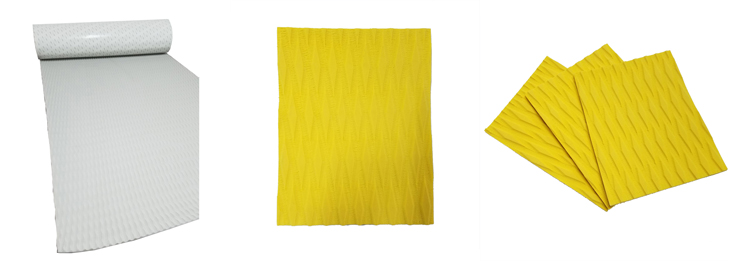Recently, Sintavia, a metal additive manufacturer, announced that it has developed a new process for manufacturing 3D printed parts for F357 aluminum and other AI-Si alloys. It is reported that the new process has been developed specifically for applications in the aerospace and automotive industries. These industries require high-quality parts with low density, good processability, and thermal conductivity. According to 3D Tiger, Sintavia is the global leader in metal additive manufacturing technology and hopes to expand the scope of 3D printing technology. Obviously, they have taken another major action to achieve this goal through their new method of 3D printing F357 aluminum, this material can provide industry more powerful and more reliable 3D printed metal parts. At present, most aluminum alloy components are still produced using conventional casting methods, which although reliable, can be expensive and time consuming. However, taking advantage of Sintavia's unique new process, the company hopes to provide industry with alternative manufacturing methods that do not compromise on materials and quality. Doug Hedges, president and chief operating officer of Sintavia, commented: “We have seen increased demand for manufacturing Al-Si parts for the aerospace and automotive industries. With Sintavia's full manufacturing capabilities, we have developed a process to manufacture F357 aluminum samples and quickly test them. To prove that they meet or exceed the stringent validation parameters of these industries." As described above, the new process involves "end-to-end parameters" that include pre-built material analysis, post-production heat treatment, and stress relief above the additive manufacturing of components. In fact, Sintavia's patented technology has enabled metallic 3D printed parts to exceed the original design strength by up to 125% and net density close to 100%. In addition, Sintavia validates the calculated environmental variables by testing the intensities at elevated temperatures and sub-zero temperatures. In the end, Sintavia's additive manufacturing process is being developed to provide opportunities for aerospace and automotive and other manufacturing industries to promote and improve the supply chain and production cycle. Not only is the additive manufacturing process, the company also emphasizes its complete end-to-end service. As Sintavia said, these take advantage of AM's speed advantage while providing accurate powder analysis, post-processing, and on-site mechanical testing. Eva Deck Pad for Kiteboard Deck Pad and Sup Deck Pad comes in two ways normally. One is full sheet for DIY, the other one is die cutting based on customized design. EVA Deck Pad Eva Deck Pad,Surfboard Tail Pad,Kiteboard Deck Pad,Deck Grip Mat,Sup Board Deck Grip,Traction Deck Pad Huizhou City Melors Plastic Products Co., Limited , https://www.melorsfoam.com
The full sheet deck pad can be in 230cm x 90cm or 90cm x 90cm size. Customers can cut the deck pad based on their board size, then simply peel and stick since the Eva Deck Grip we offered it with 3M adhesive. Besides, it can be also used in any other application for traction like boat flooring, yacht flooring and etc.
